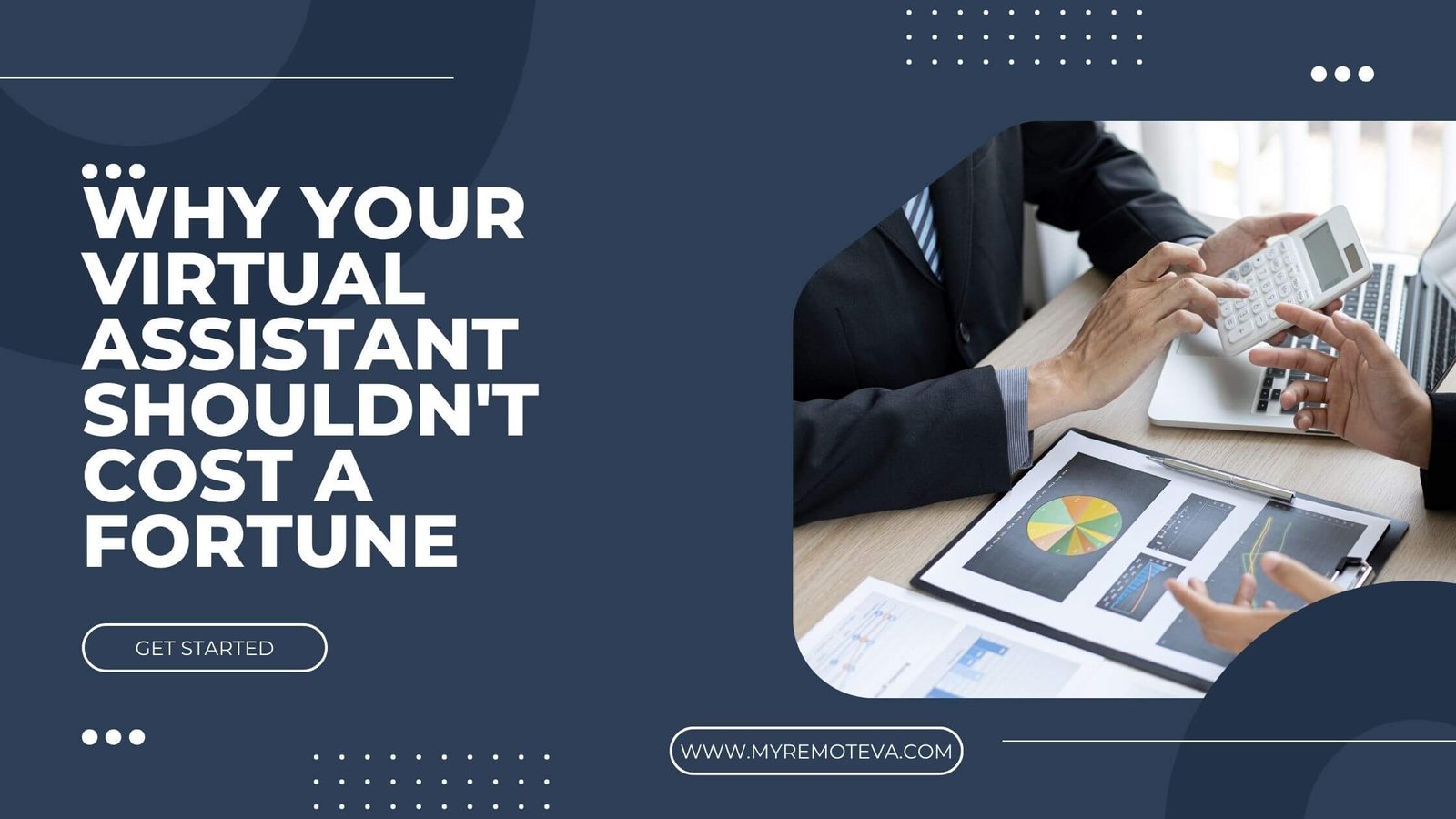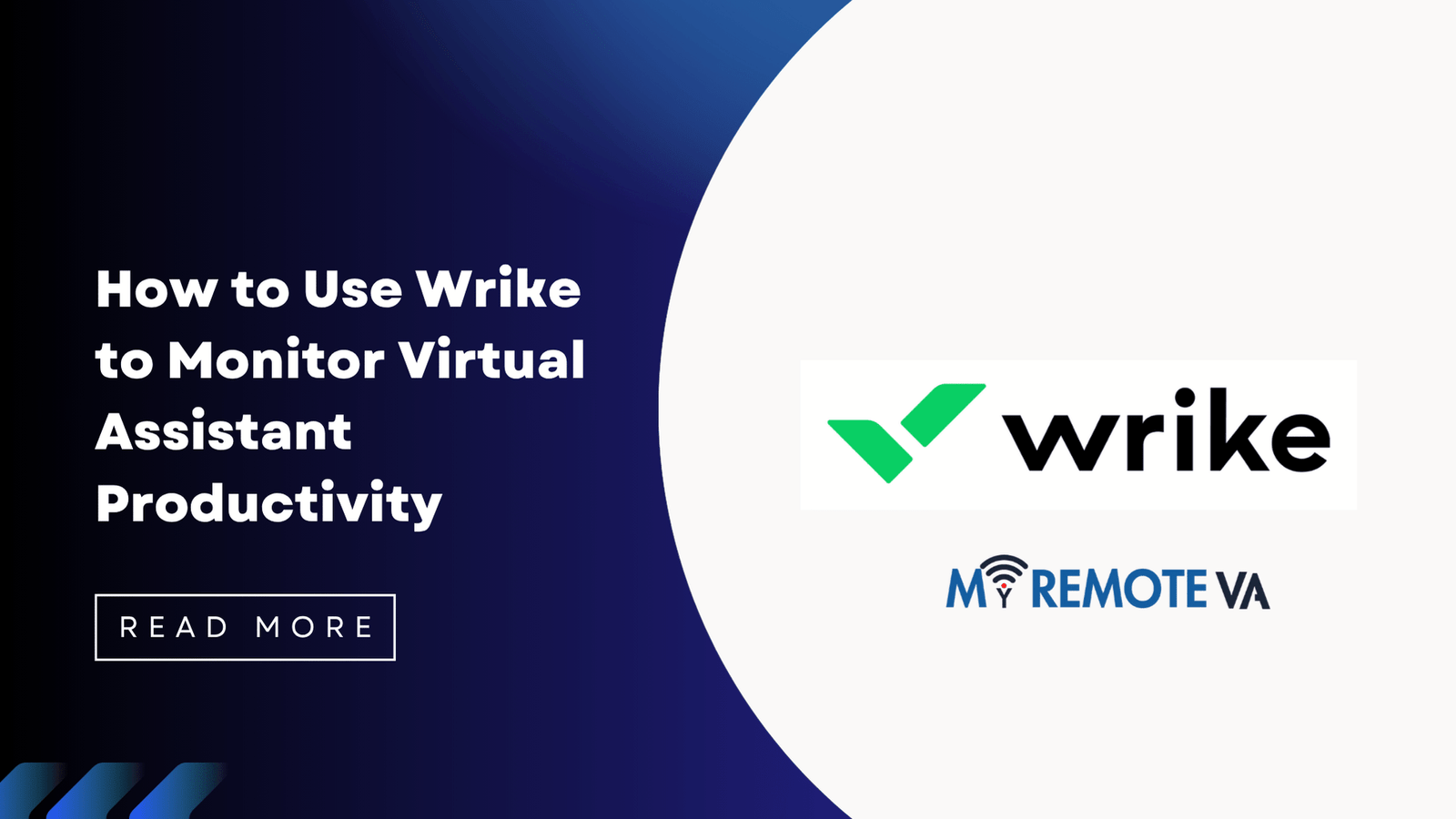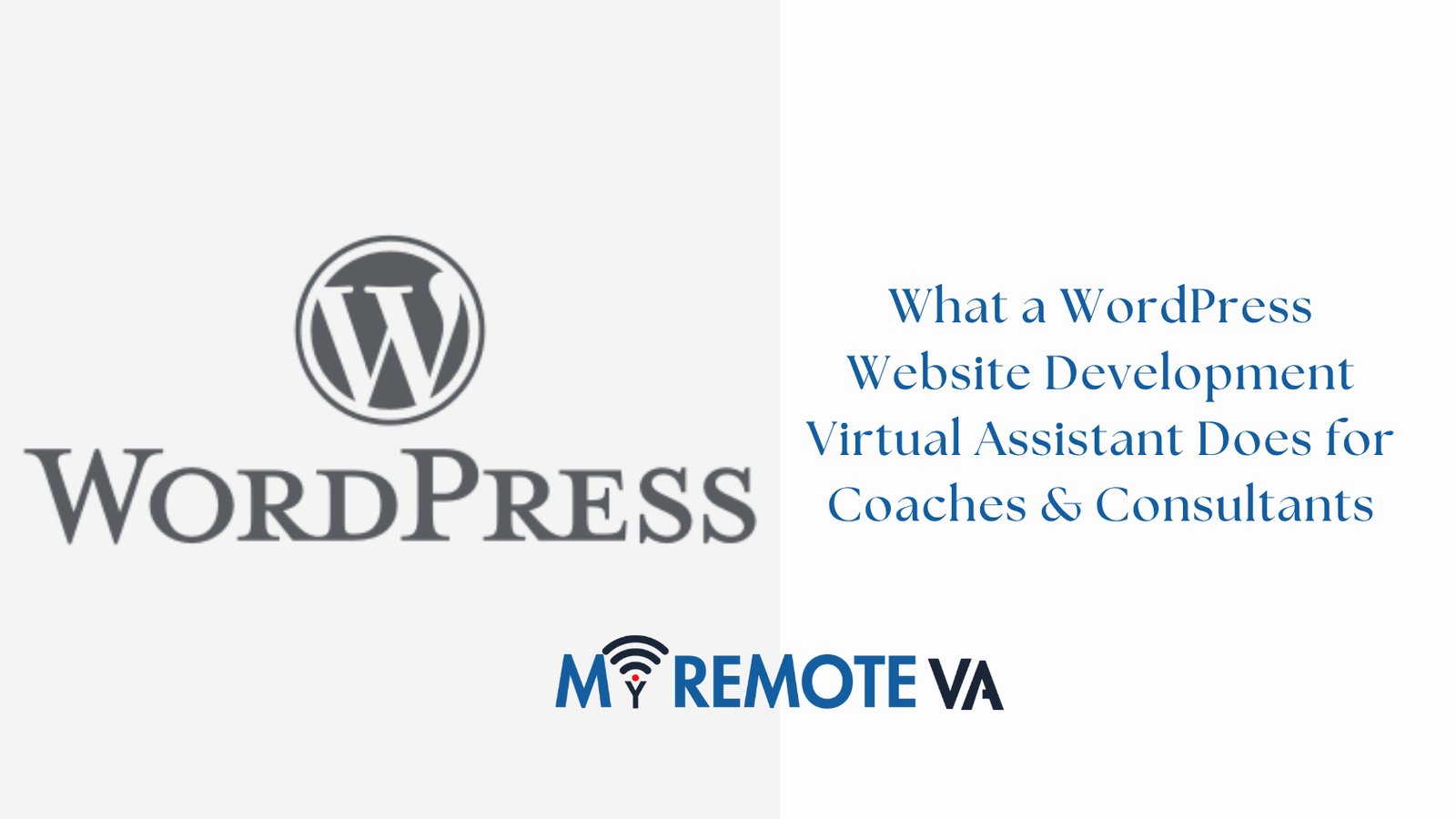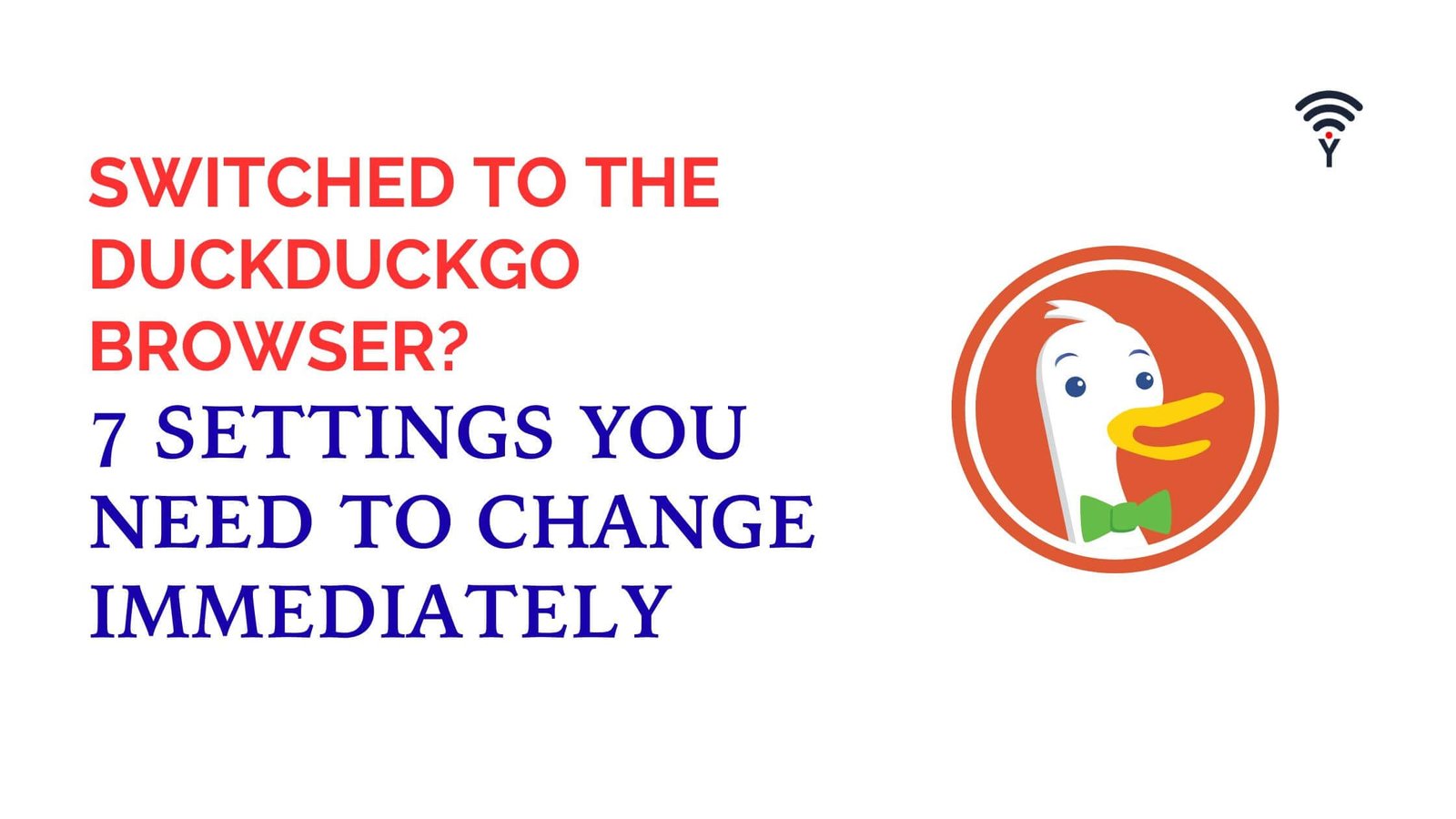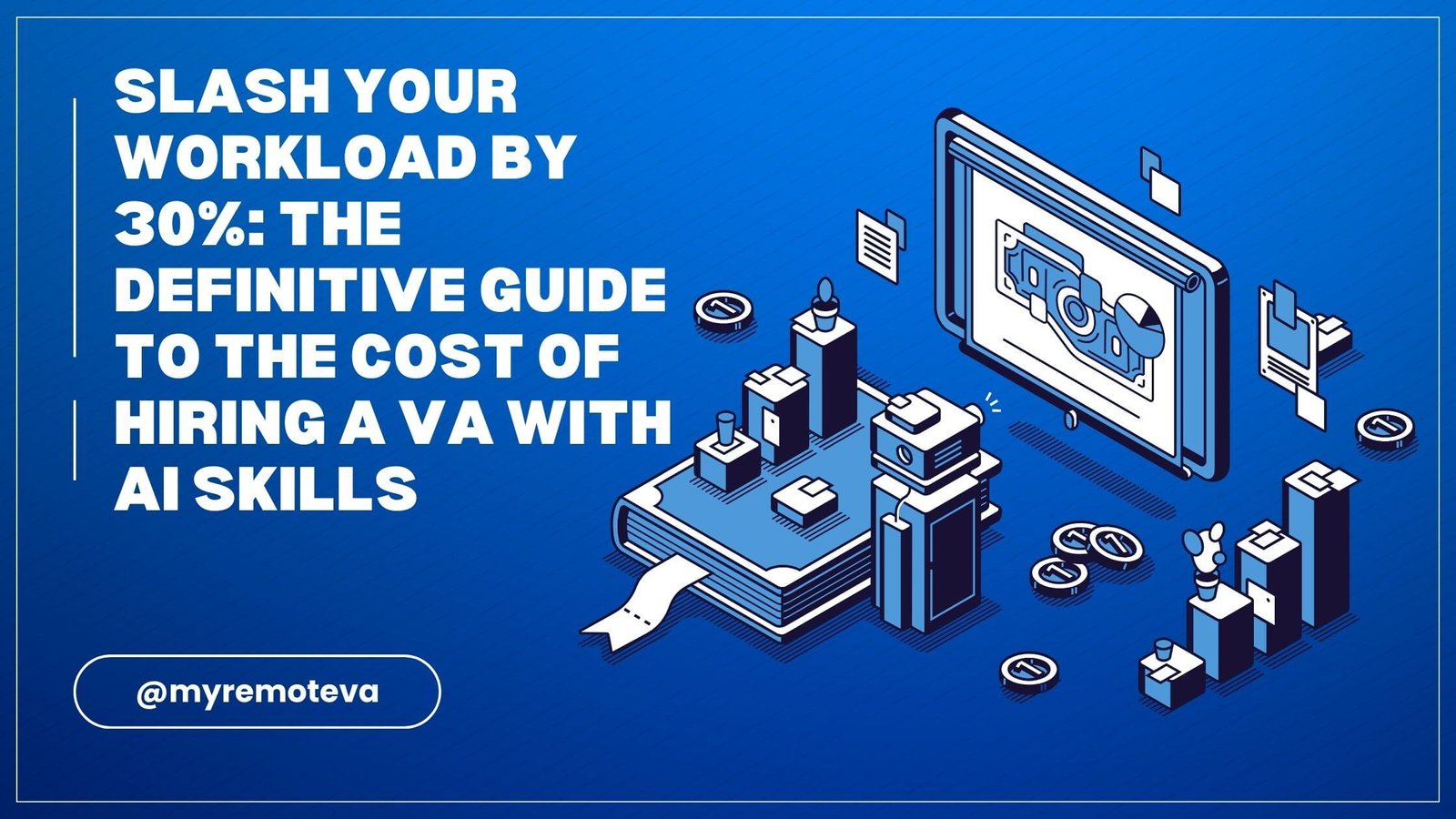So you’re ready to get some help. That pile of tasks on your desk—or, let’s be real, in your digital inbox—is getting higher by the day. You’ve heard a lot of buzz about virtual assistants, and the idea of offloading some of that work is almost enough to make you sigh with relief. But then the nagging question hits you: what’s the real cost of a virtual assistant? Is this a luxury for big companies, or is it something an everyday person or a small business can actually afford?
- How to Figure Out the Right Price for a Virtual Assistant
- Decoding Virtual Assistant Pricing Models: Hourly vs. Retainer
- The Big Drivers of Virtual Assistant Rates
- My Personal Take on Getting the Most Value for Your Money
- Quick Breakdown of Virtual Assistant Costs
- FAQs About Virtual Assistant Pricing
I totally get it. Not long ago, I was knee-deep in administrative work that felt like it was swallowing my time whole. Scheduling meetings, replying to endless emails, and doing research felt like a full-time job in itself, and it was keeping me from the work that actually mattered. The idea of hiring a VA was a fantasy until I started to dig into the numbers. And what I found was pretty eye-opening. The “cost” isn’t a single, scary price tag; it’s a flexible, dynamic range that depends entirely on what you need and where you look. This guide is all about cutting through the noise and giving you the real, human-level truth about virtual assistant pricing so you can find the perfect solution without breaking the bank.

How to Figure Out the Right Price for a Virtual Assistant
The first thing you have to understand is that the average hourly rate for a virtual assistant can swing wildly—from a super-affordable $5 to upwards of $100 per hour. Why such a huge difference? Think of it like buying a car. You wouldn’t expect a brand-new sedan with all the bells and whistles to cost the same as a used pickup truck, right? The same goes for VAs. The average rate you’ll encounter for general administrative tasks is usually in the $15 to $30 per hour sweet spot. But that number is a starting point, not the whole story.
When you see rates on the lower end, you’re likely looking at VAs located in countries with a lower cost of living, like the Philippines or India. These VAs are often absolute pros at fundamental tasks—think data entry, email filtering, and managing calendars. If your to-do list is full of these types of tasks, an offshore VA can be an incredible, cost-effective solution. But if you need someone with specialized expertise, like digital marketing, social media management, or bookkeeping, the cost goes up. A U.S.-based VA with a specific skill set might charge $40 to $75 or more per hour. So, before you get sticker shock, ask yourself: what kind of help do I truly need?
Decoding Virtual Assistant Pricing Models: Hourly vs. Retainer
When you start your search, you’ll run into a few different ways VAs and agencies structure their fees. Picking the right model for your business is a critical first step. It’s like choosing between a gym membership and paying for a drop-in class—it all depends on your usage.
Hourly Rates: The Pay-as-You-Go Approach
This is the simplest way to go. You pay for every single hour the VA works. This is perfect for those who have a fluctuating workload. Maybe you need a lot of help during one week, but then things quiet down the next. This model gives you incredible flexibility because you only pay for what you use. The only catch is you need to be good at tracking hours and managing your budget, or the costs can sneak up on you.
Monthly Retainer Packages: The Predictable Choice
If your needs are more consistent, a monthly retainer is often the smartest choice. You pay a fixed fee for a set number of hours each month—say, 20 or 40 hours. This model gives you peace of mind and makes budgeting a breeze. It also ensures you get a dedicated chunk of your VA’s time, which can be a real plus. A lot of agencies and individual VAs even offer a discounted rate for retainer packages, making it a more cost-effective investment in the long run.

Project-Based Pricing: For One-Off Tasks
If you have a very specific, one-time project, like a major database cleanup or a marketing report, project-based pricing might be the way to go. You and the VA agree on a flat fee for the entire project. The best part? There are no surprises. You know exactly what it will cost from the start. The only caveat is that if the project’s scope changes, you’ll have to renegotiate the price, which can be a bit of a hassle.

The Big Drivers of Virtual Assistant Rates
So what really pushes a VA’s rate up or down? It’s a combination of several key factors. Knowing these will help you understand the quotes you receive and make sure you’re getting the best value for your money. Don’t just look at the number—look at what the number represents.
1. Where in the World They Are
This is the most significant factor. The cost of living in a VA’s location is directly tied to their hourly rate. You’ll find a huge difference between a VA based in, say, New York City and one in the Philippines. This is why many businesses, from startups to large corporations, are turning to offshore talent. You can get a highly skilled professional for a fraction of the cost without sacrificing quality. It’s a global talent market out there, and you should use it to your advantage.
2. Their Experience and Skill Set
Makes sense, right? A VA who is just starting out and only handles basic administrative tasks will charge less than a seasoned professional. Think of a VA who has worked in the legal field for years, or a specialist who knows the ins and outs of a specific CRM platform. These VAs can command higher rates because they bring a proven track record and require little to no training. You’re paying for their expertise and the time they’ll save you by getting it right the first time.
3. The Specific Services You Need
Not all tasks are created equal. Basic admin support, like email and calendar management, is generally on the lower end of the cost spectrum. More technical or specialized services, such as graphic design, bookkeeping, or running social media campaigns, will naturally come with a higher price tag. Are you looking for a generalist who can handle a bit of everything, or a specialist who can dive deep into a specific area, like a virtual assistant for a small business? Your answer will directly impact the virtual assistant salary you can expect to pay.
4. How You Find Them
This is a big one. You can go the DIY route and find an independent VA on a platform like Upwork or Fiverr. On these platforms, you’re responsible for vetting candidates, managing the contract, and handling payments. It can be more affordable, but it takes more time and effort on your part. The alternative is a virtual assistant agency, which does all the heavy lifting for you—hiring, vetting, payroll, and even providing a backup if your VA is sick. This convenience comes at a higher cost, but it can be worth it for the peace of mind and time savings.
My Personal Take on Getting the Most Value for Your Money
So, you’ve got all the facts. Now, how do you put them to use and find the right person without overpaying? It’s not as hard as it seems, but it requires a bit of a strategic approach.
First, get brutally honest about what you need. Sit down and write out a “dump list” of every single task you want to offload. Don’t just say “manage my social media.” Instead, write things like “schedule 5 posts per week on Instagram and Facebook,” “respond to DMs,” and “create monthly reports.” The more specific you are, the easier it will be to find the right VA and the less likely you are to overspend on someone who is overqualified.
My second piece of advice? Start small. If you’re hesitant, hire a VA for a trial project. It could be something simple, like cleaning up your contact list or researching a handful of competitors. This allows you to test their skills and communication style without a big commitment. It’s a risk-free way to find a great partner. And remember, the ultimate goal isn’t just to save money on the virtual assistant hourly rate. It’s about buying back your time. The time you free up can be spent on high-impact activities that actually grow your business. That’s the real return on investment.
I learned this the hard way. I once hired a VA because they were the cheapest option I could find. It felt great at first—I was “saving” money. But their work was sloppy, and I ended up spending twice as long correcting their mistakes as it would have taken me to do the task myself. I was so frustrated. It was a clear reminder that a slightly higher-priced VA who is efficient, reliable, and skilled is worth every single penny. It’s not about finding the lowest cost; it’s about finding the best value. To learn more about how a VA can help you, be sure to read our post on how a virtual assistant can help your business.

Quick Breakdown of Virtual Assistant Costs
So you’ve made it this far, and maybe you just want the fast facts. Here’s the deal: the cost of a virtual assistant is highly variable, but you can usually find general administrative help for between $15 and $30 per hour. Location, experience, and the type of tasks you need are the biggest factors influencing that price. Whether you go with a flexible hourly model, a predictable monthly retainer, or a fixed project rate, the key is to define your needs and focus on value over just finding the cheapest option. A great VA is an investment that gives you your time and sanity back, and that’s a priceless return.
FAQs About Virtual Assistant Pricing
What’s a reasonable monthly cost for a virtual assistant?
A part-time VA can run anywhere from $400 to $1,500 per month. For a full-time virtual assistant, the monthly cost could be between $1,500 and $4,000+, depending on their location, experience, and the complexity of the tasks you need them to do. It all comes down to the hourly rate and how many hours you need.
Can I hire a virtual assistant for just a few hours a week?
Absolutely. Many VAs and agencies are happy to work on a small, hourly basis. This is a perfect way to start if you have a limited number of tasks or want to try out a VA before committing to a larger package.
How much does an administrative virtual assistant cost?
For administrative tasks like scheduling, email management, and data entry, you can expect a virtual administrative assistant to cost between $15 and $30 per hour. If you’re hiring from a country with a lower cost of living, that rate can drop to as low as $5 to $15 per hour.
What’s the most affordable way to get a VA?
The most budget-friendly way to hire a VA is to look for professionals in countries with a lower cost of living, like the Philippines, India, or Latin America. Their rates are significantly lower due to economic differences, and you can still find incredibly talented and professional VAs.
How does a virtual assistant save me money?
Think of it this way: hiring a VA eliminates the overhead of a traditional employee, like payroll taxes, benefits, and office space. More importantly, it frees you up to focus on high-value, revenue-generating activities for your business. The return on investment comes from the time you save and the growth you can achieve by delegating your tedious tasks.

